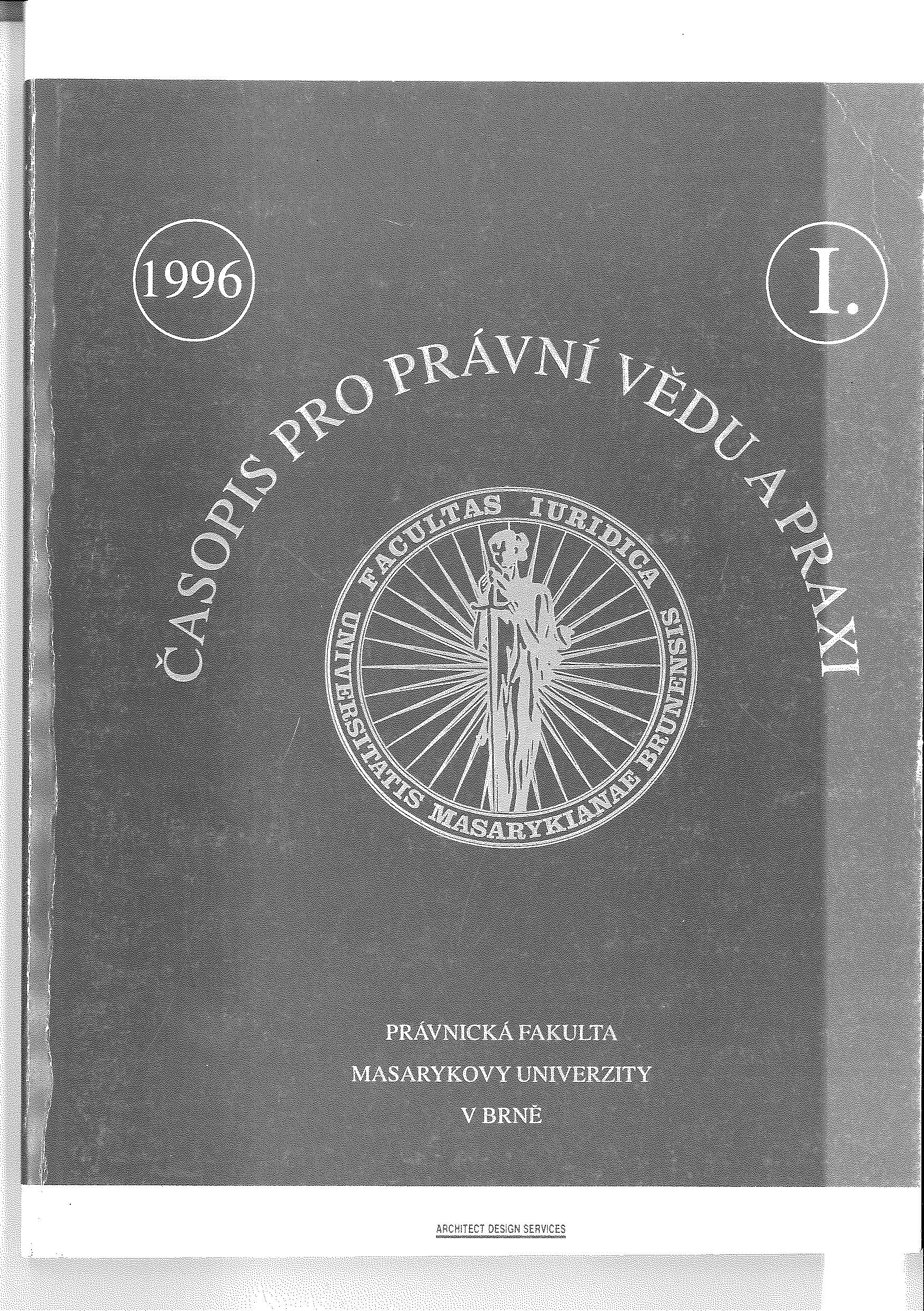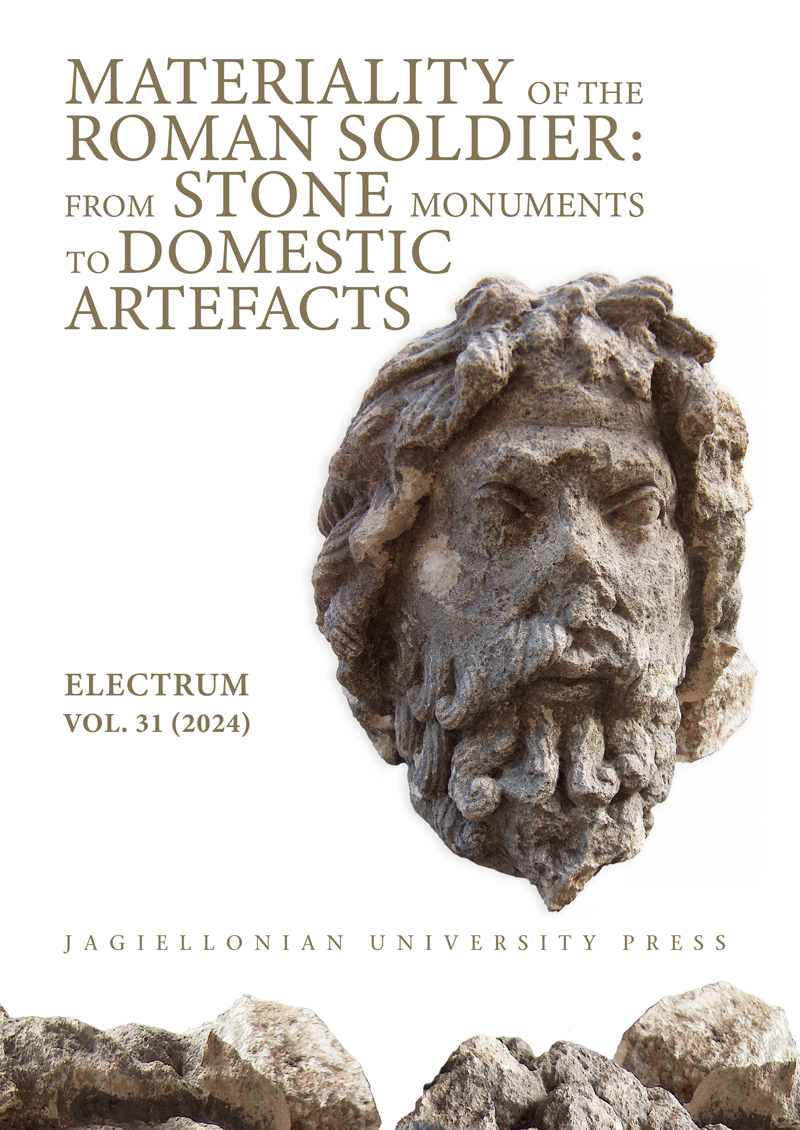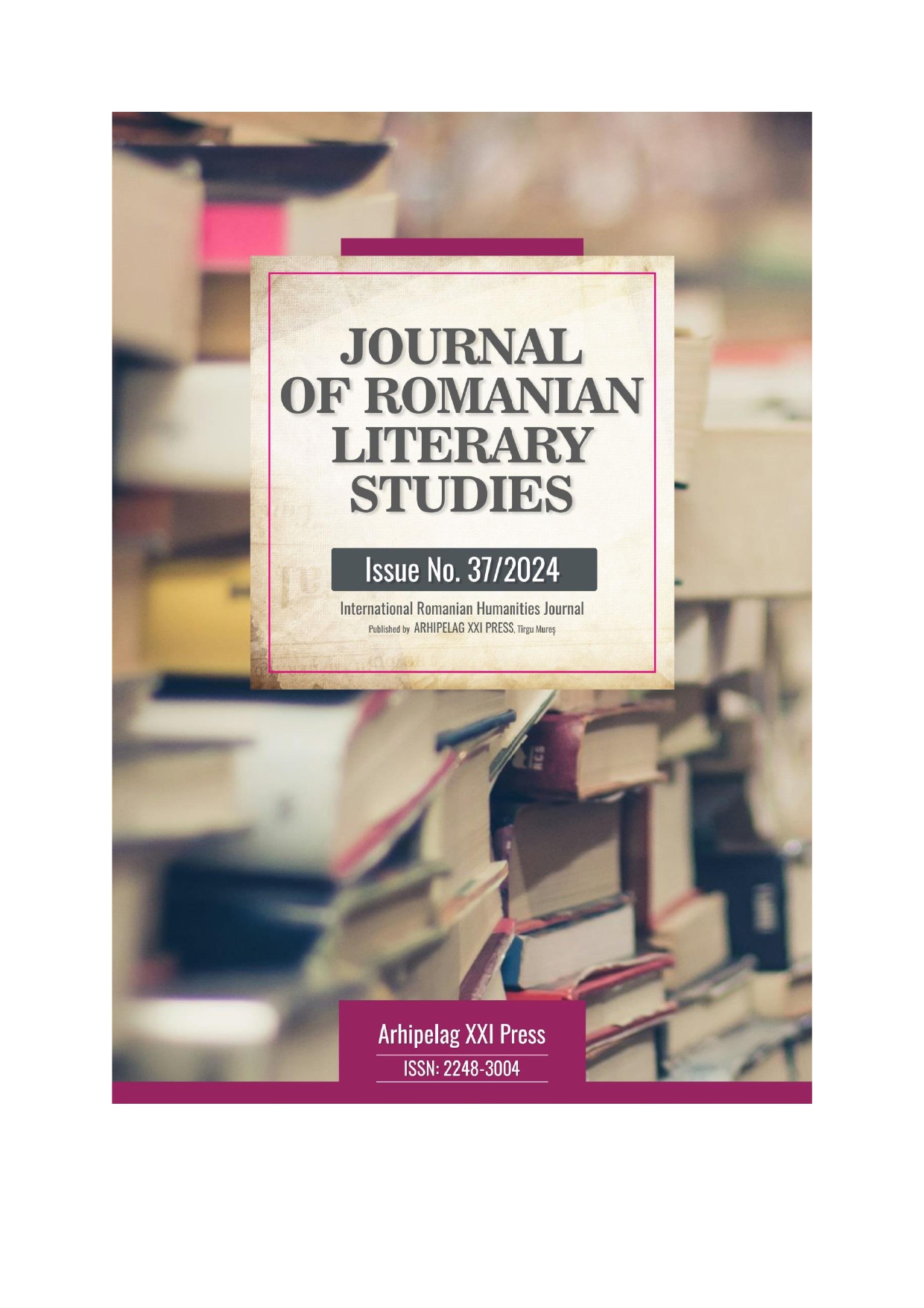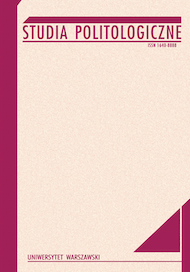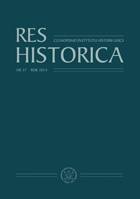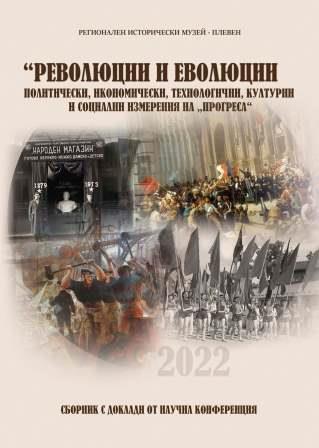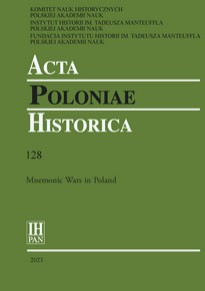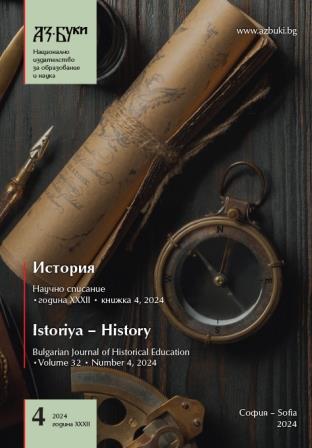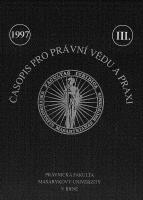
Německý zvláštní soud (Sondergericht) v Brně - součást nacistického teroru na Moravě
The article discusses the establishment and activities of the German Sondergericht (Special Court) in Brno during the Nazi occupation of Moravia and Silesia. This court was part of the Nazi regime's broader system of terror and repression, targeting political opponents and enforcing wartime laws. The court handled numerous cases, including political crimes, economic offenses, and violations of wartime regulations. It worked closely with the Gestapo and other Nazi security agencies to suppress resistance and maintain control. The article highlights specific cases and the harsh penalties imposed, including death sentences for aiding resistance fighters and illegal possession of weapons. The court's activities continued until the liberation of Brno by the Red Army. The article provides detailed statistics on the number of cases handled and the types of offenses prosecuted. It also discusses the broader context of Nazi legal and judicial changes during the occupation.
More...
